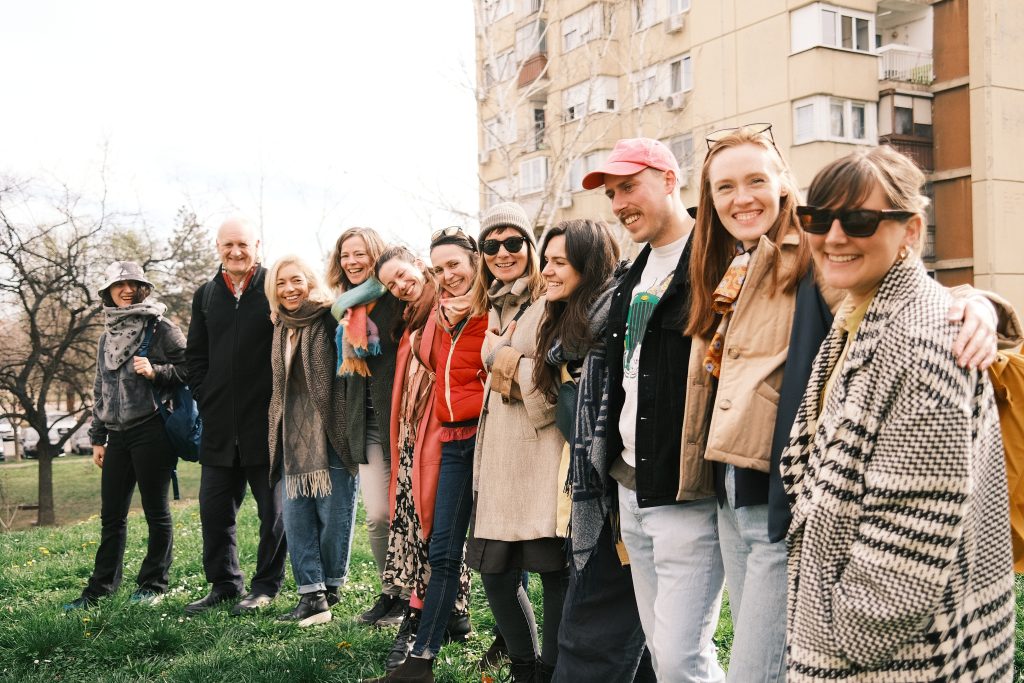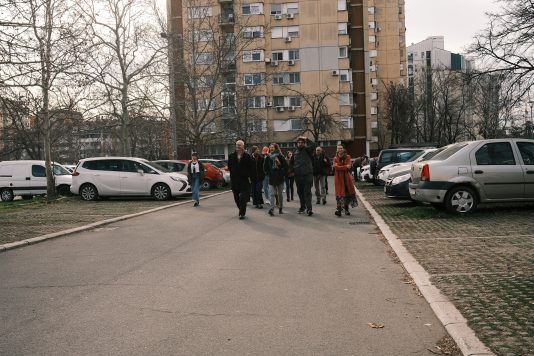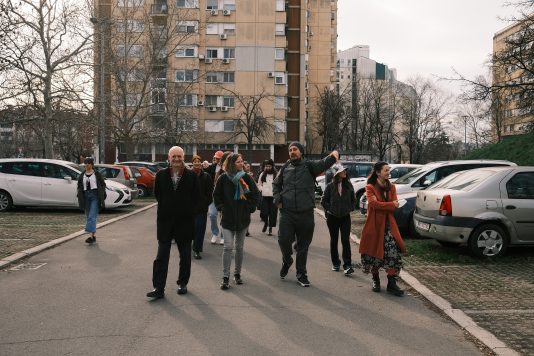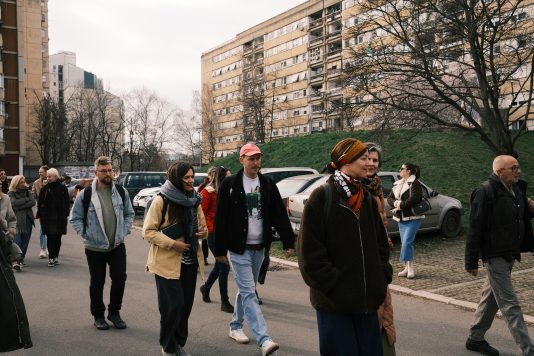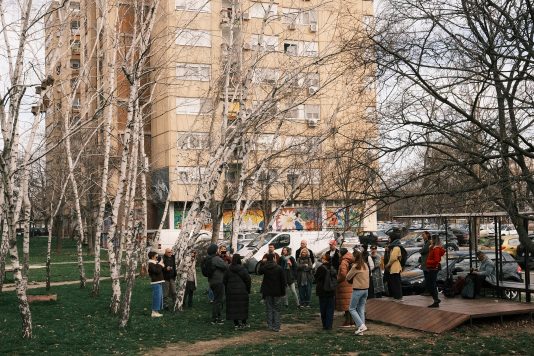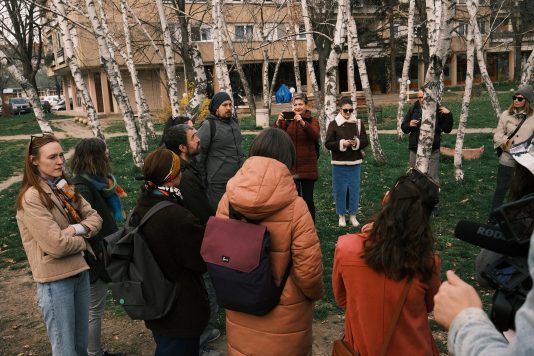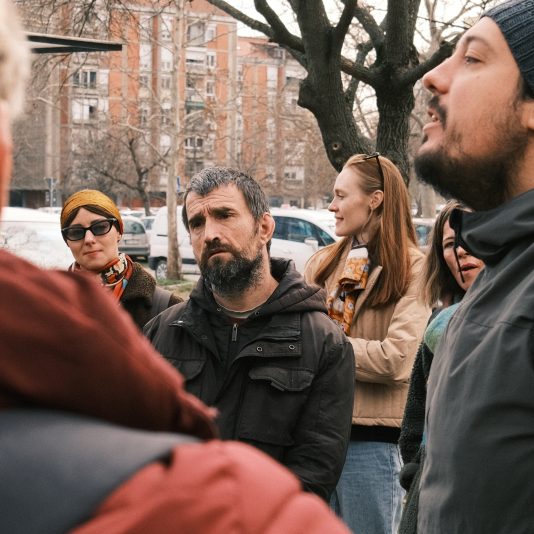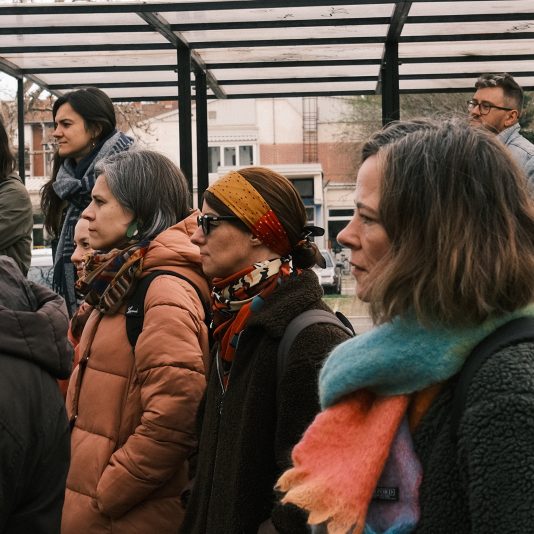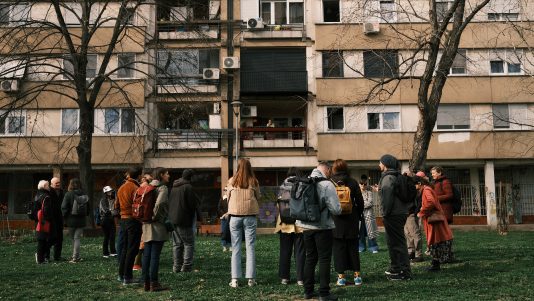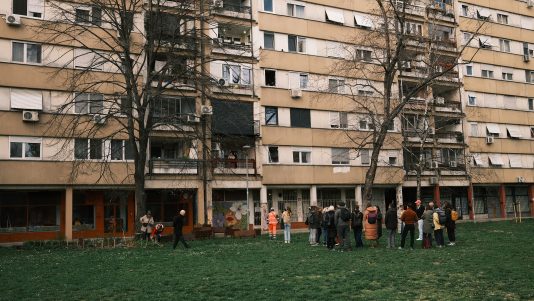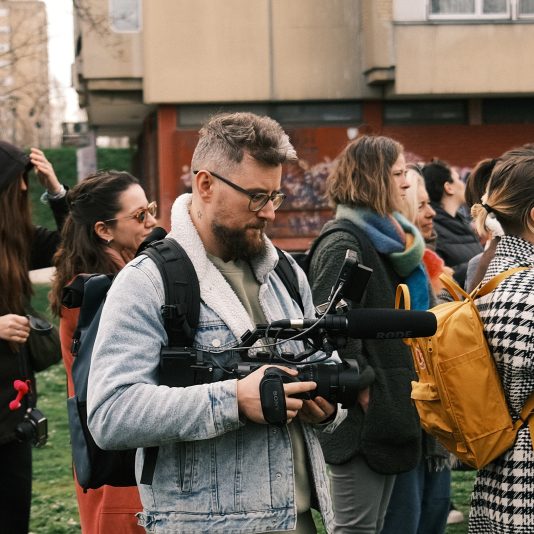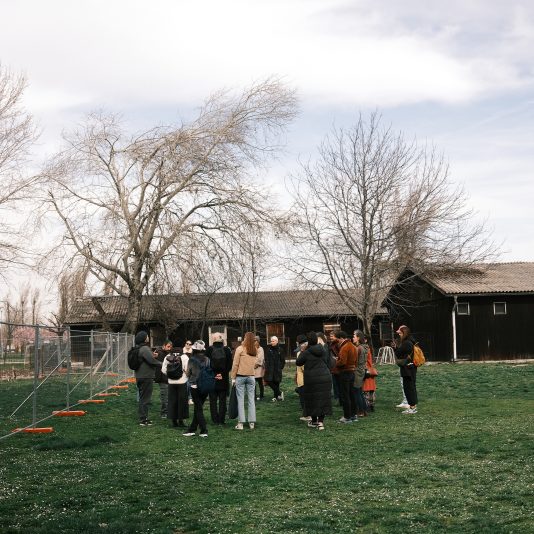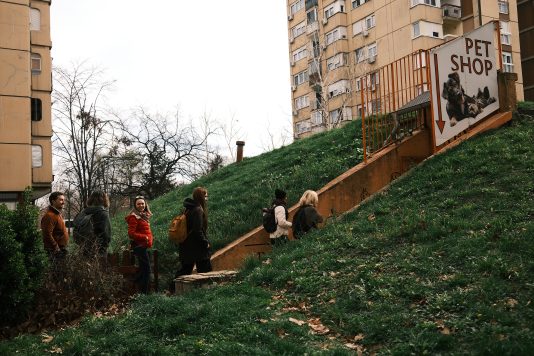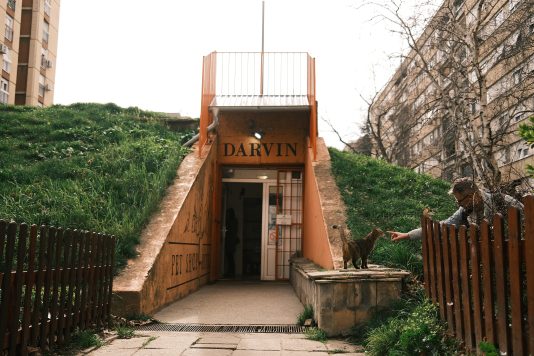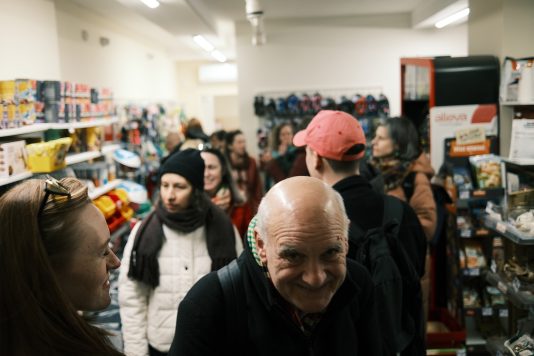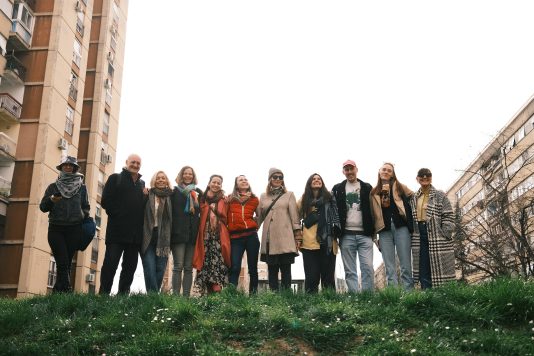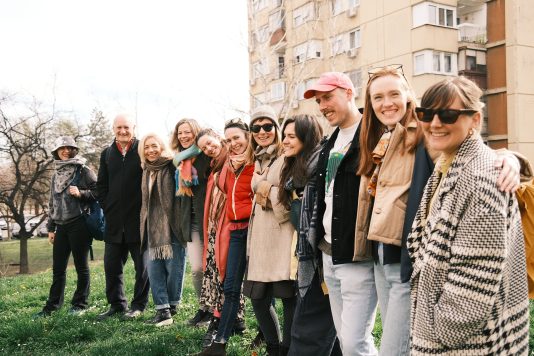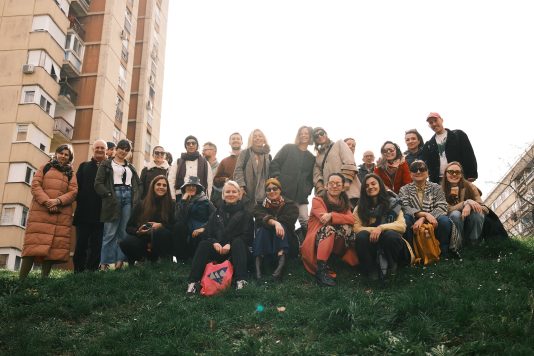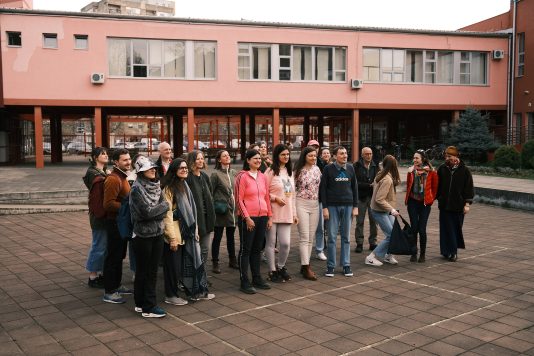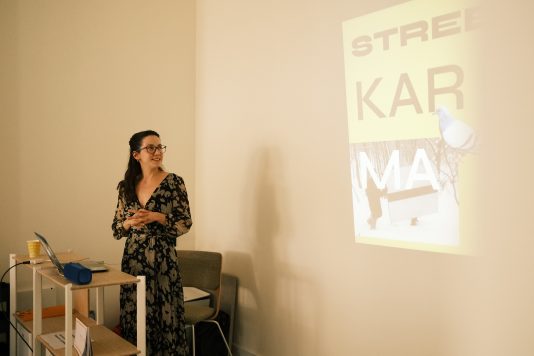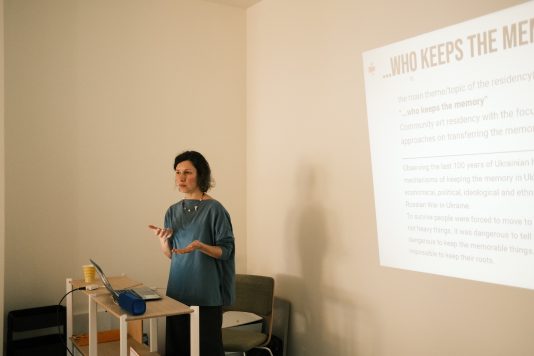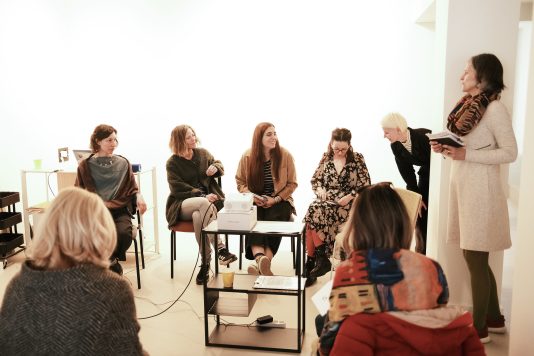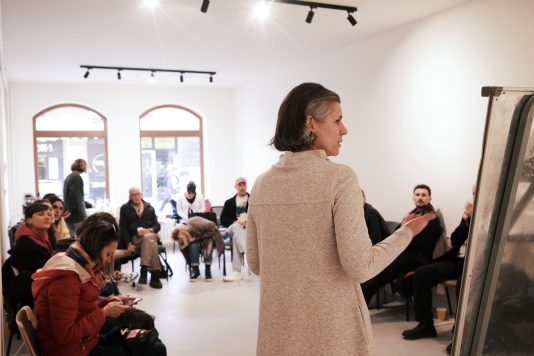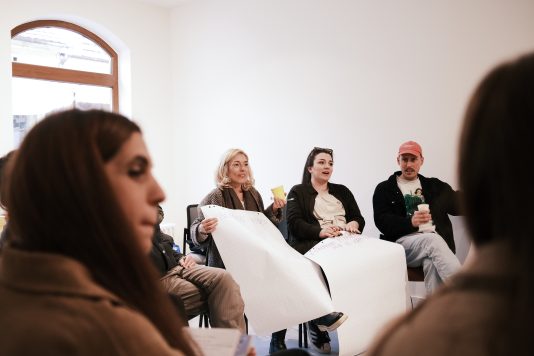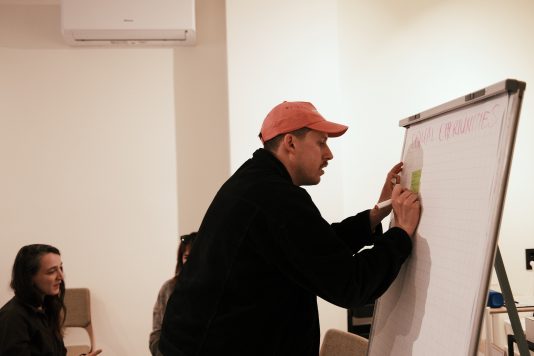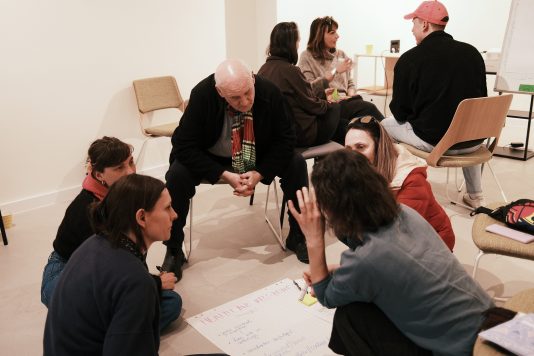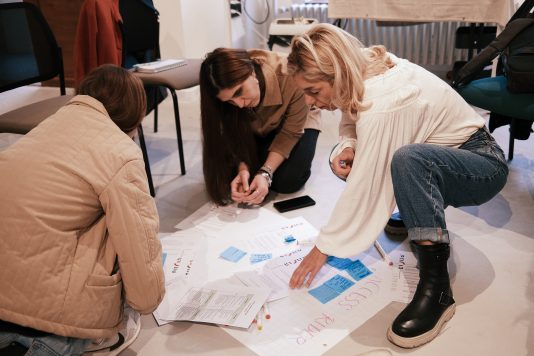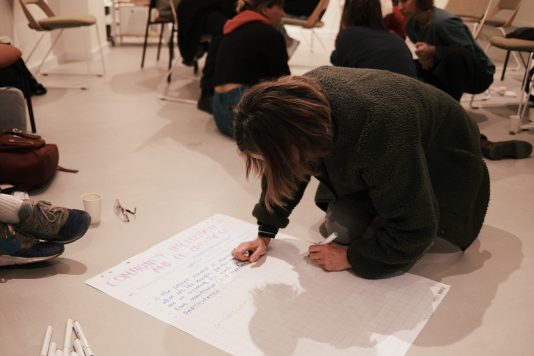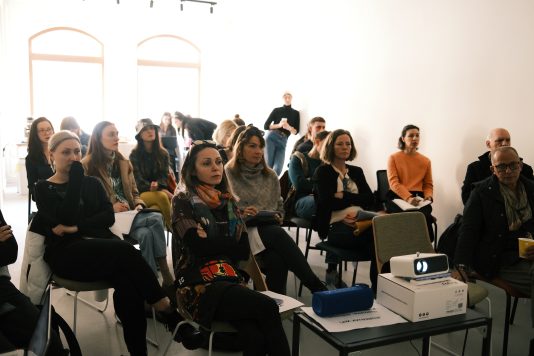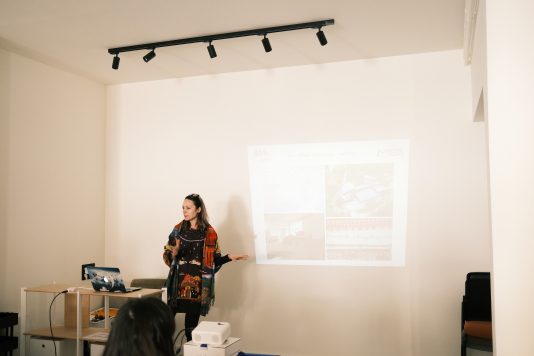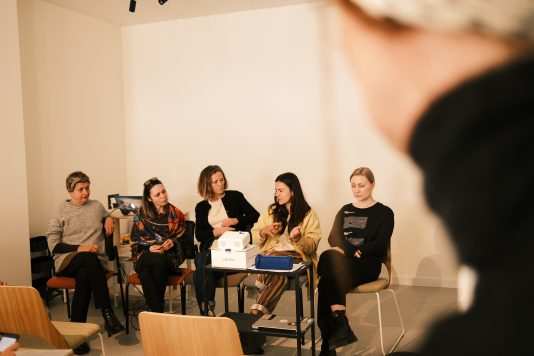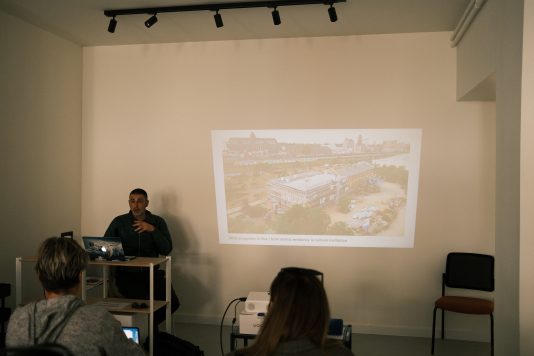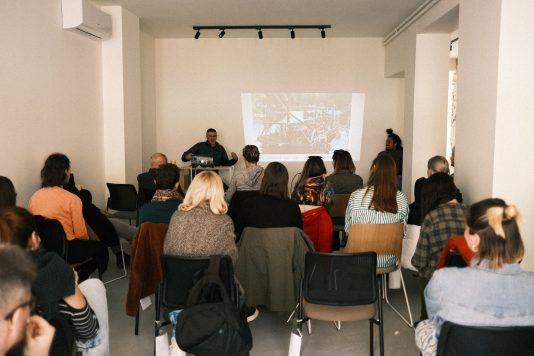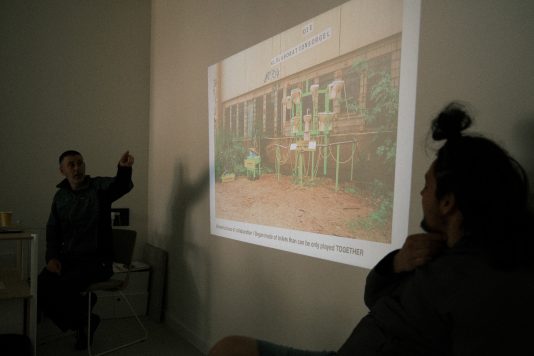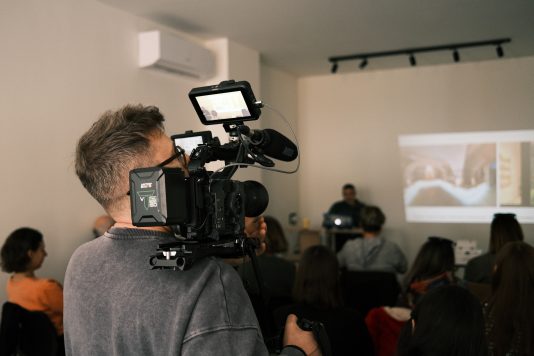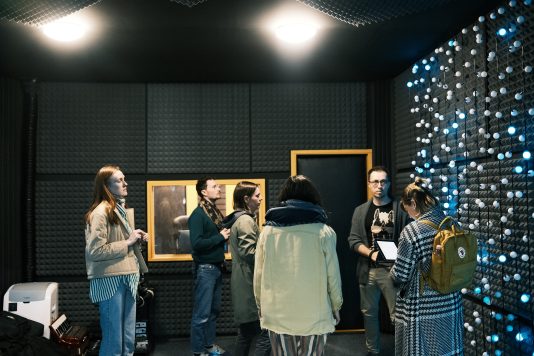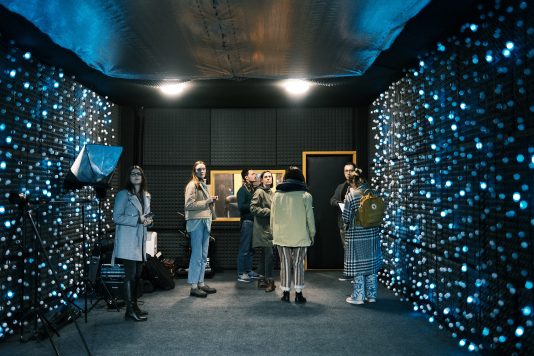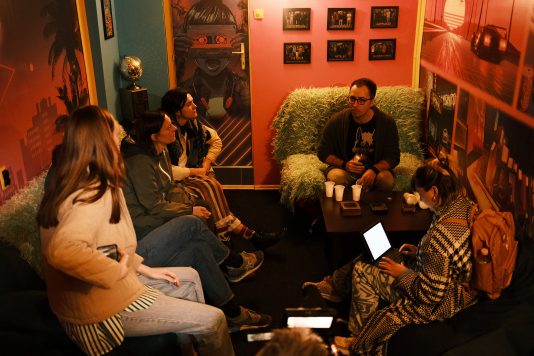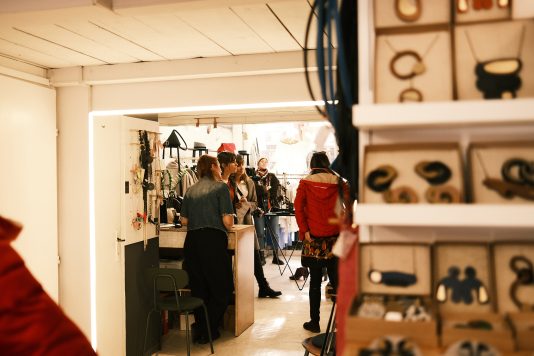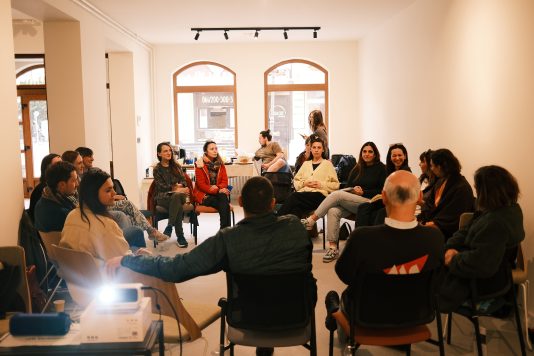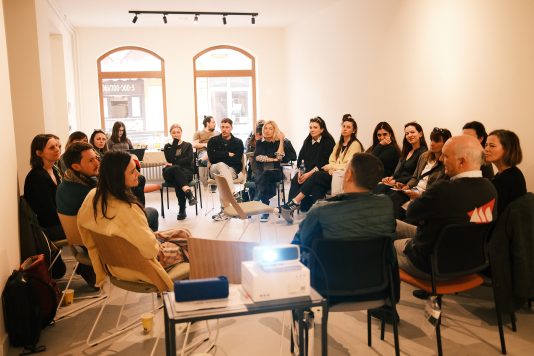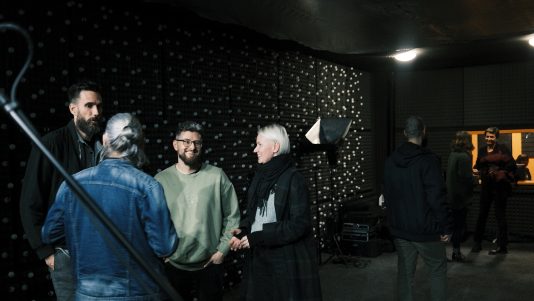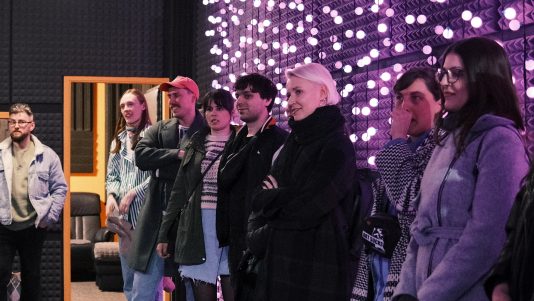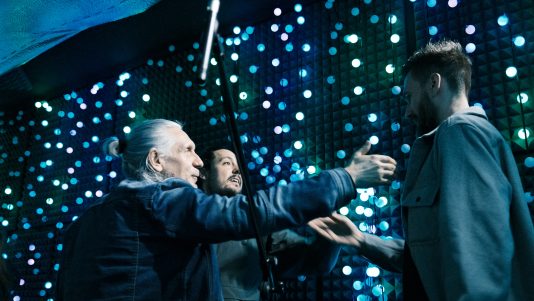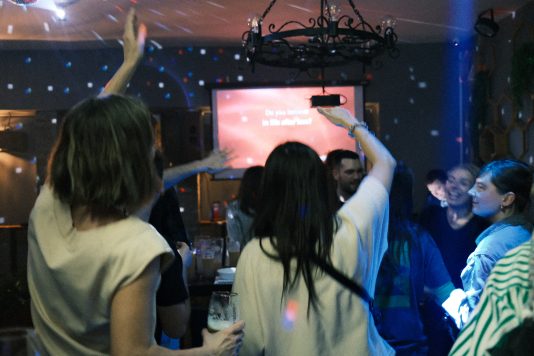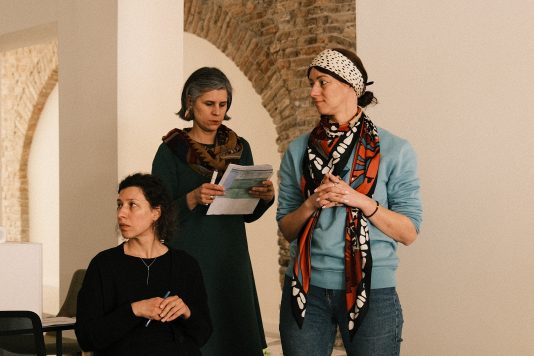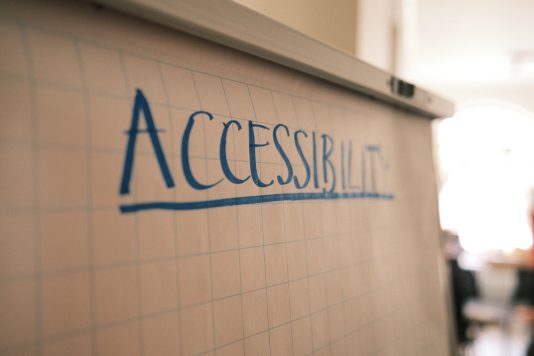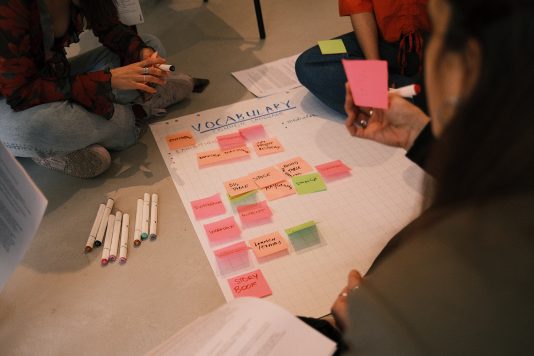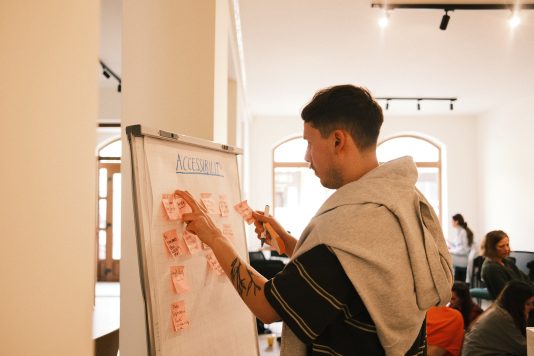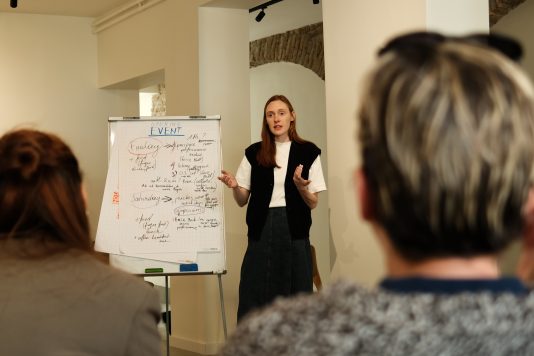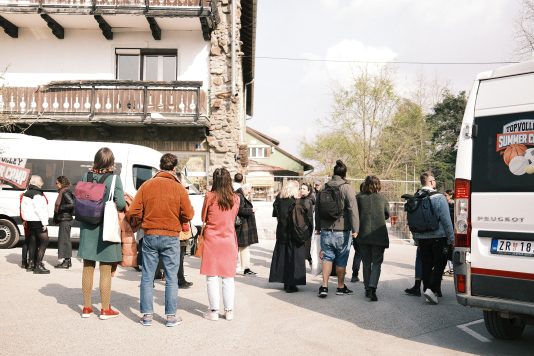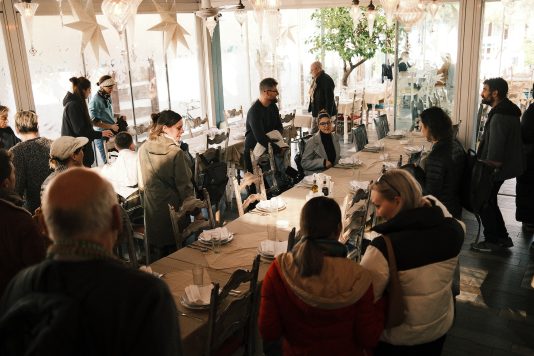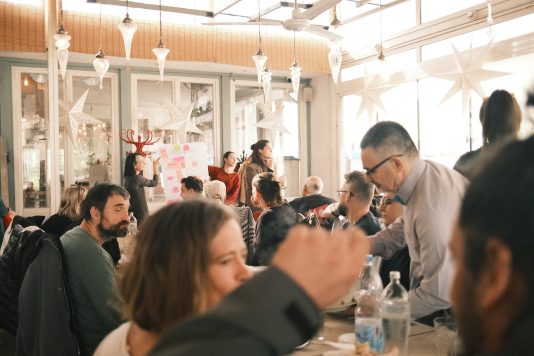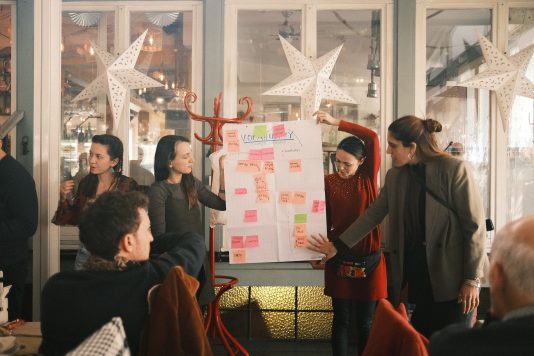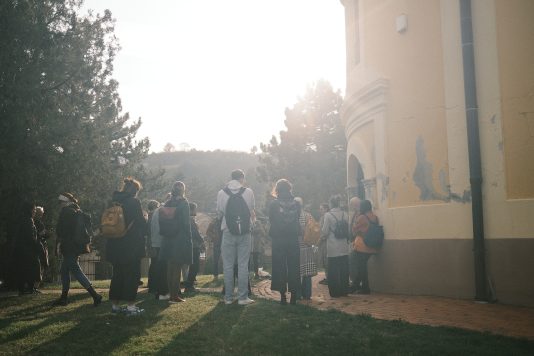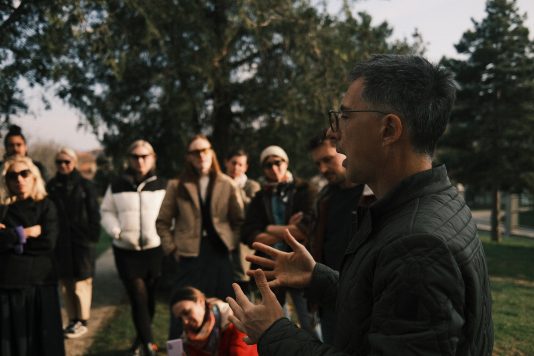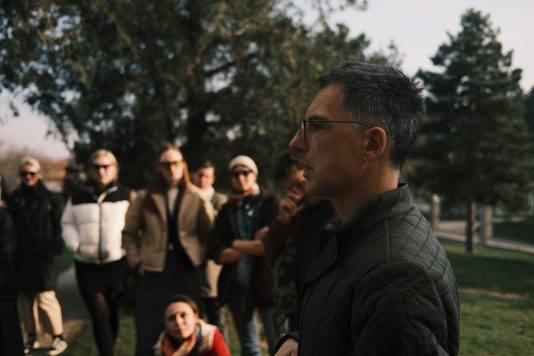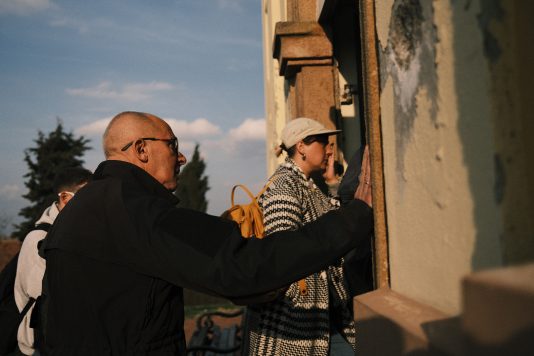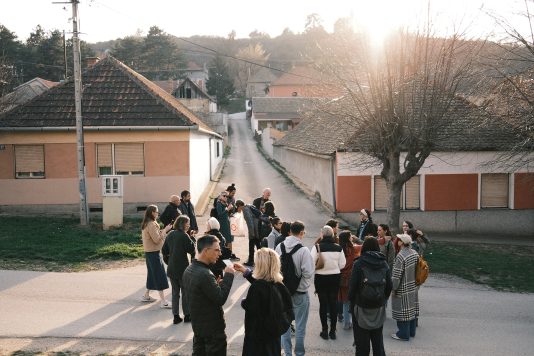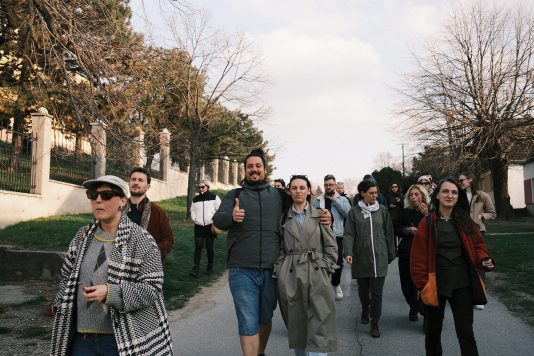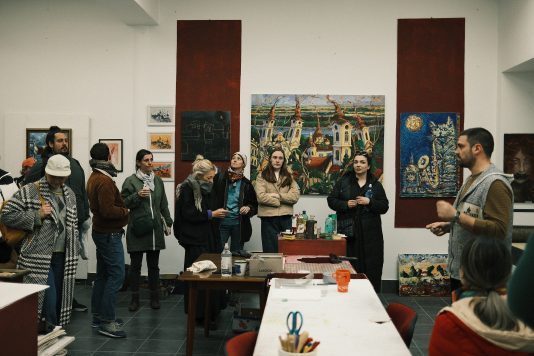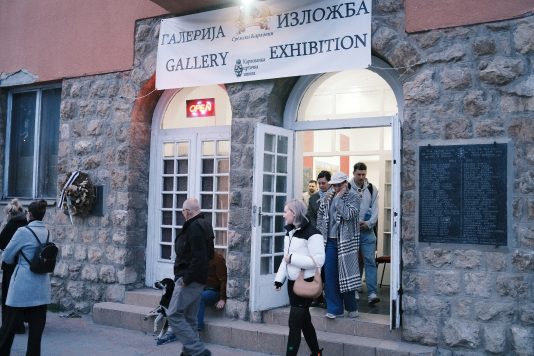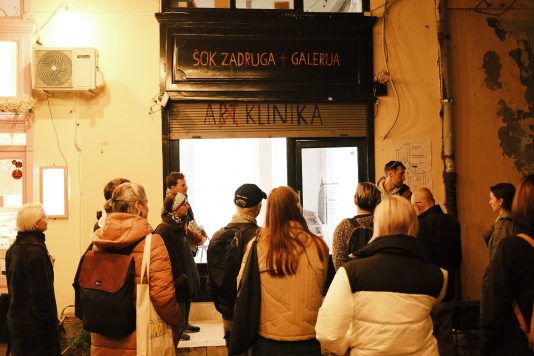In the city of Novi Sad, Serbia, where the history seamlessly blends with the buzz of modern life, an international gathering of “Magic Carpets” curators took place between 4th-6th March 2024. It brought together curators from 17 European countries, serving as a meeting point for sharing and discussing plans for the upcoming year.
The agenda promised an immersive journey into the essence of creativity and collaboration. From the welcoming dinner at the Fontana Hotel, a place where hospitality meets tradition, the curators embarked on a voyage through Novi Sad’s cultural landscape, including a tour of the neighbourhood of Novo Naselje and a visit to the Milan Petrović school for people with disabilities. These tours were not mere itineraries but acted as pathways into understanding the fabric of the neighbourhood and the possibilities it creates for artistic endeavours.
The core of the meeting took place at the “Jedrenjak” cultural centre, a venue that between 4th-6th March became a fruitful environment for an exchange of ideas and opportunities. Each curator presented their projects for the upcoming year: from Trempo’s “Sunglasses when cloudy” (Nantes, France) to insights into the unique narratives of places like Novo Kulturno Naselje with its “(Un)discovered Spaces” (Novi Sad, Serbia), New Theatre Institute of Latvia’s “Parade in Ķengarags” (Ryga, Latvia) that intertwines local tales with performative art, and Openspace.Innsbruck’s “Ain’t No Mountain High Enough” (Innsbruck, Austria), tackling the themes of nature’s magnificence and fragility, Tbilisi Photo Festival’s “RE:VISIT Kutaisi” (Tbilisi, Georgia), and the Kaunas Biennial’s playful “Let’s play Fluxus! (Kaunas, Lithuania) initiative, just to mention a few. Whether it is through the exploration of the “touching contexts” in Guimarães, Portugal, or the embodiment of ancestral singing traditions in Tartu, Estonia, each project offered a window into a world where art and society interweave in an intricate embrace.
The presentations were followed by discussions and workshops, which allowed the curators to explore the manifold dimensions of belonging, memory, ecological consciousness, community inclusion and co-creation, health and well-being, and equal opportunities – themes that resonate with our times. The discussions that followed were vibrant with a diversity of experience and thought, and a testament to the collective spirit that defines the “Magic Carpets” ethos. The workshops brough to light the importance of understanding the local history and context when laying the groundwork for a creative project as well as listening to and acknowledging the role played by the local communities. The workshops were delivered by experts in their field: Miodrag Kuč (ZK/U), Aistė Ptašinskaitė-Paukštė and Austėja Bliumkytė-Padgurskienė (Fluxus Labas!), who have extensive experience of working in community engagement.
The meeting ended with a cultural heritage tour in Sremski Karlovci, where the Danube whispers tales of the past to those willing to listen. The group drew inspiration from the visit to the Ecological Center “Radulovački” as well as local artists’ studio-gallery. The final meeting point was “Šok ZaDruga” art gallery in the centre of Novi Sad, which presented an artist-run initiative. The places and spaces visited by the curators on this cultural heritage tour presented themes such as environmental consciousness, historical narratives, and social inclusivity, underscoring the “Magic Carpets” platform’s commitment to leveraging art for societal impact and mutual understanding across Europe.
The curators’ meeting in Novi Sad showcased a spectrum of the platform’s activities, focusing on collaborative art, community engagement, and cross-cultural dialogues. Yet, this meeting was more than the sum of its parts. It was a reaffirmation of the belief in the transformative power of art, a power that transcends borders and builds bridges between disparate communities. It was a recognition of the touch – physical, emotional, conceptual – as a universal language, capable of expressing the inexpressible and creating unity between us all.
